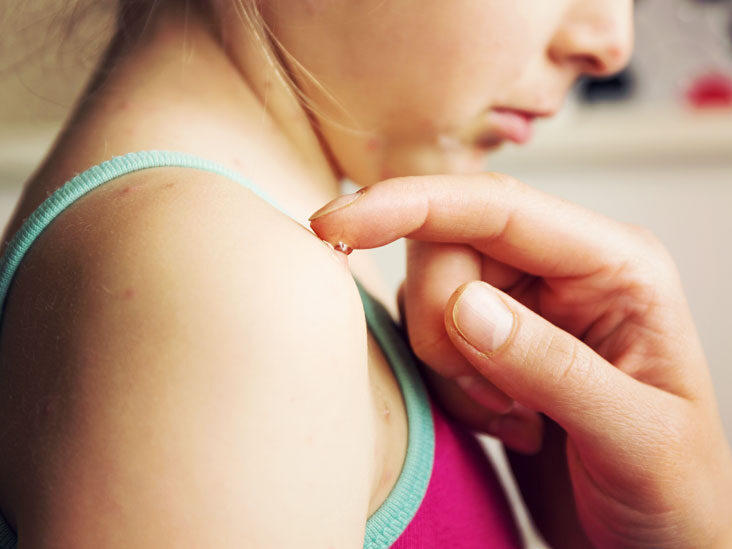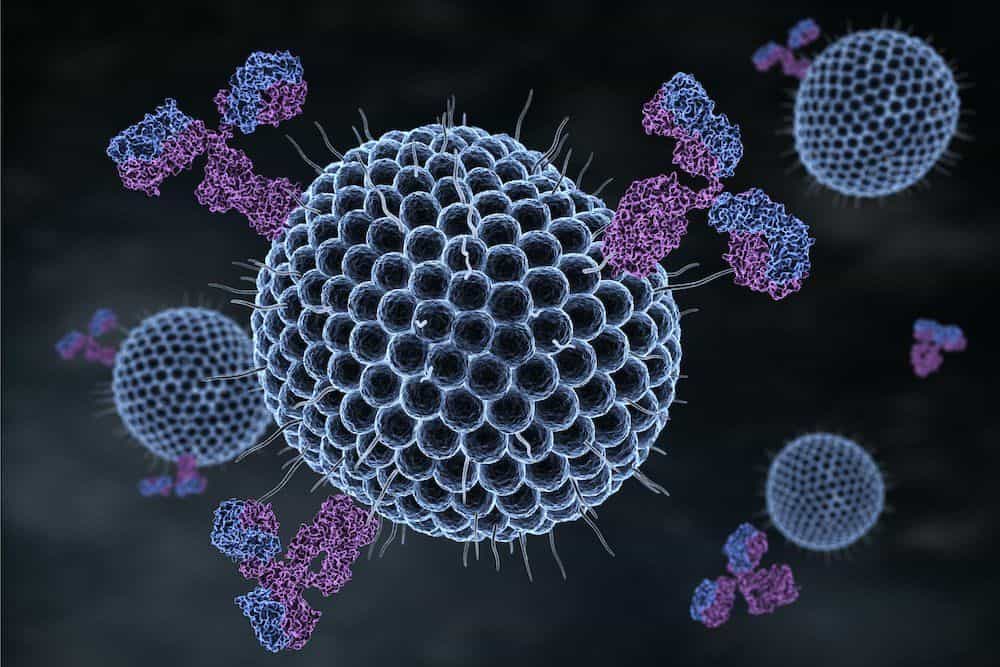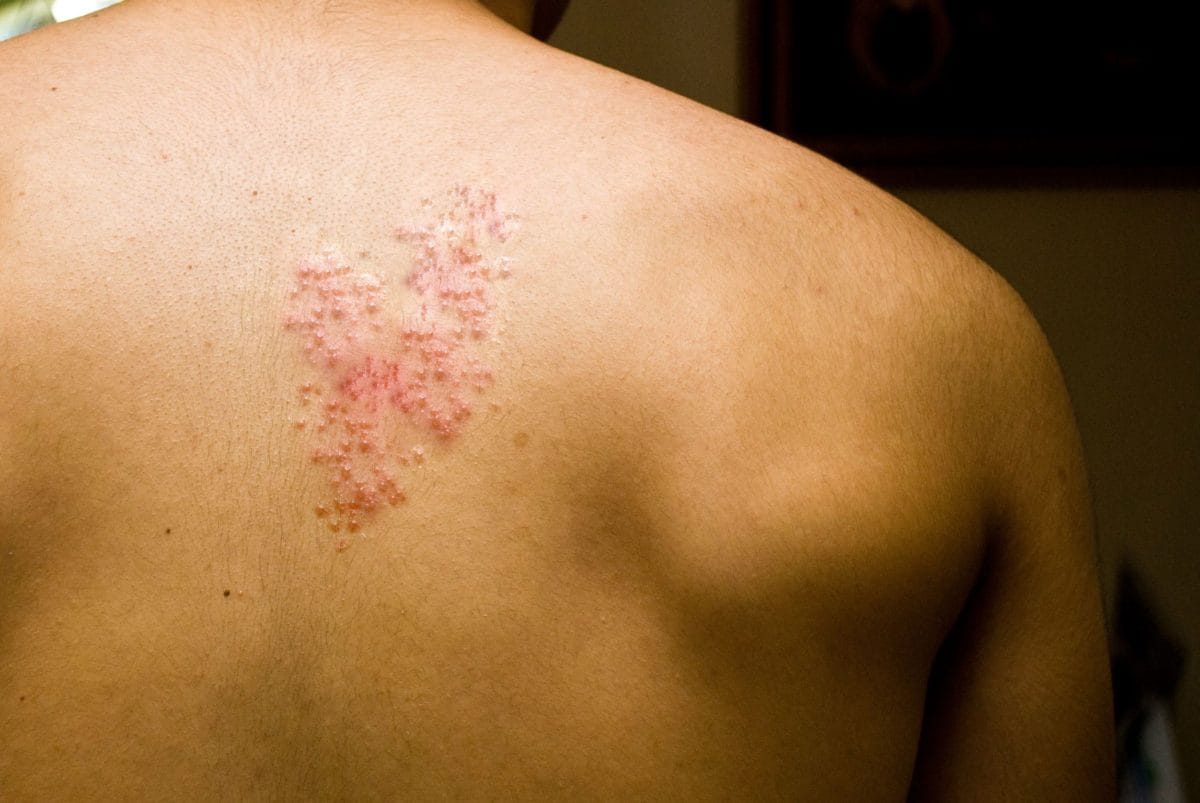SHINGLES
Shingles, also known as herpes zoster is a contagious viral infection causing painful rashes. Shingles is a viral infection caused by varicella-zoster virus; it is the same virus that causes chicken pox infection. Even though the chickenpox infection is cured the virus remains inactive in nerve tissue hiding near your spinal cord and brain. The virus may reactive years after and cause shingles.
The infection is characterized by painful red rashes. The rashes appear in the form of a single strip of blisters moving around the nerve that is infected.
The infection causes burning, shooting pain, tingling, and itching along with rash and blisters along the infected nerve.

CAUSE OF SHINGLES
Shingles is caused by varicella-zoster virus which is the same virus that causes chickenpox infection. The virus enters the nervous system after the recovery from chickenpox. The virus lies dormant in the body for years and can get activated even after years. There is no particular time when the virus would get activated. Not everyone who has chickenpox would develop shingles.
Shingles develop due to lowered immunity towards infections as you age. It is more common in older adults; above 60 years of age or older, as well as in people with weakened immune systems like HIV infection, cancer, cancer treatments or someone with recent organ transplant. Stress and cold also weaken the immune system and might put you at risk of developing shingles.
Varicella zoster virus belongs to a group of viruses known as herpes virus, including viruses that cause cold sores and genital herpes (a sexually transmitted infection). Thus it was also named as herpes zoster.
Shingles is contagious and the Varicella zoster virus can spread from one person to another. If your immune system is weak you can easily catch the virus that causes the infection. The infection occurs once you come in direct contact with the open sores of the shingles rash.
The person catching the infection might develop chickenpox and not shingles. Until your blisters from shingles scab over it is contagious. Physical contact should be avoided with anyone with weakened immune systems, pregnant women and newborns.
RISK FACTORS OF SHINGLES
Adults above the age of 60 are at risk of developing shingles easily. Other factors that might pose you at risk of developing shingles are:
- Age – People above the age of 60 are at higher risk of developing shingles. With growing age the risk would be higher.
- Disease – People suffering from HIV or AIDS or cancer are at higher risk of developing shingles. Disease would weaken the immune system which would increase the risk of developing the infection.
- Cancer Treatment – People undergoing cancer treatment like radiation or chemotherapy might lower the disease resistance posing high risk of developing shingles.
- Certain Medications – Medicines preventing the rejection of organ transplant or prolonged use of steroids like prednisone increases the risk of causing shingles.
After recovery from shingles medical conditions like Postherpetic neuralgia (PHN), Ramsay Hunt syndrome, bacterial skin infection (like cellulitis or impetigo), Encephalitis (inflammation in brain) or disseminated herpes zoster (virus becomes widespread) can also occur.

SYMPTOMS OF SHINGLES
Shingles affect one side of your body mostly waist, chest, abdomen, or back. The symptoms may appear on the face, in the eyes, mouth and ears. The virus affects the single sensory nerve ganglion located near the spinal cord referred to as dorsal root ganglion. This causes the blisters to appear in the specific area of the nerve causing the pain.
Sometimes there would be only pain in the infected area but no rash. The rash and pain may be accompanied by other symptoms like fever, chills, or headache.
Other symptoms of shingles include:
- A constant dull or gnawing pain with burning sensation
- A sharp, stabbing pain that may come and go
- Skin rash resembling chicken pox rash only affects certain areas
- Blisters filled with fluid that develop within the rash
- Face – Headache, muscle weakness, rash usually around forehead and one eye or pain in the affected dermatome
- Mouth – facial tenderness, pain in the mouth, toothache, lesions in hard and soft palate tissues
- Eye – pain, redness, and swelling in and around the eye as well as temporary loss of vision
- Ear – Impairment in balance and hearing along with muscle weakness around the infected area
- Internal Shingles – The virus can also infect internal organs without any rash. It affects the digestive system that leads to gastrointestinal dysfunction and arteries in the brain that leads to increased risk of stroke and dementia.
- The rashes appear after 2 weeks of infection that might last for about 3-5 days. The blisters dry up after 7-10 days and disappear leaving minor scars.
- The symptoms of shingles last for around 2–4 weeks. Shingles are contagious till the blisters dry up and scab over. Most people will only get infected with shingles once, but it can reoccur in some people.
TREATMENT OF SHINGLES
Shingles should be treated as early as possible to avoid any complications and speedy recovery. The treatment should start within 72 hours of infection. The main goal of treatment is to reduce the symptoms and pain management. Treatment regime followed by healthcare providers includes:
Medication – Physicians would prescribe medicines that would control your infection along with speed up healing, reduce inflammation, and ease your pain.
Antiviral – These would help in slowing down the infection and should be started within 72 hours of onset of first symptom. Commonly used antiviral medicines are acyclovir, valacyclovir, and famciclovir.
Anti-inflammatory – These would help in reducing the inflammation and ease the pain. Commonly used anti-inflammatory and painkillers are acetaminophen, Ibuprofen and Naproxen which are also available as over-the-counter medicine. These also help in treatment of postherpetic neuralgia, a burning pain after the rash and blisters of shingles crust away.
Narcotics or anticonvulsants are also used if the pain is severe and gets prolonged. Numbing creams or gels and lidocaine patches might be required for long-term pain.
Antihistamines – Like diphenhydramine (Benadryl) help in providing relief from itching.
Capsaicin (Zostrix) is prescribed to reduce the nerve pain called postherpetic neuralgia that occurs after the recovery of blisters.
Home Care – The affected area should be kept clean, dry and should be exposed to air as much as possible. Itching caused near the rashes is severe and it should not be scratched or burst the blisters.
Pain after recovery from shingles can linger for a long time, acupuncture and other treatments of pain management would help with the postherpetic neuralgia pain.

PREVENTION OF SHINGLES :-
The Food and Drug Administration has approved 2 vaccines: Shingrix (RZV) and Zostavax. Shingrix; a two dose vaccine, is 90% more effective in preventing a shingles outbreak. Shingrix also decreases the chances of developing postherpetic neuralgia.
Vaccine is highly recommended to people at the age of 50 or more. Children are recommended two doses of varicella immunization for chicken pox which protects them from initial infection of Varicella zoster virus.
OUTLOOK :-
Shingles usually get cured within two to four weeks in most individuals. Approximately 1%-4% of people with shingles infection require hospitalization due to complications, and around 30% of those hospitalized have compromised immune systems. Vaccination plays a major role in prevention of shingles.
If you or anyone you know is suffering from shingles, our expert providers at Specialty Care Clinics will take care of your health and help you recover.
Call us on 469-545-9983 to book an appointment with Dr. Masel.
